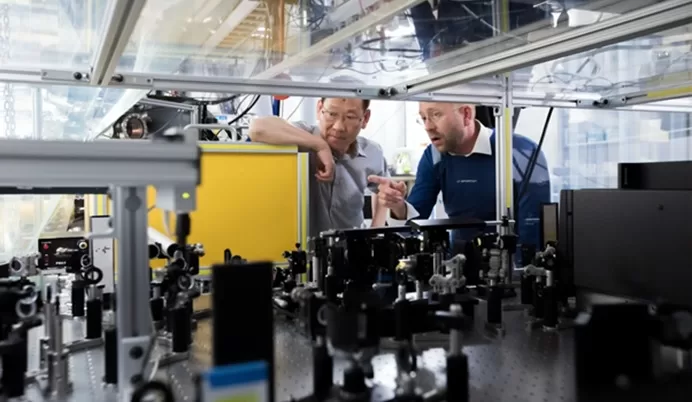Technology
How To Turn Your Factory Floor Into A Well-Oiled Machine

From inventory scheduling to production planning, managing your factory floor can be a tricky process. Whatever your final product, it’s important to optimise your workflow to become as efficient as possible. But with so many aspects to monitor, that can be easier said than done.
The good news is there are some simple ways to boost your productivity. In this article, we’ll share our top tips for turning your factory floor into a well-oiled machine.
1. Analyse Your Use of Space
No matter where your factory is located, space is often at a premium. If you’re not using your available space as efficiently as possible, you’re paying for square footage that could be working a lot harder – and therefore providing a better return on your investment – with some thoughtful rearrangement.
Take a walk around your facility and analyse your storage carefully. If you’re housing any unnecessary items, such as broken machinery or product cut-offs, consider getting rid of these to free up some extra space.
Does the layout of your factory floor still meet the needs of your workers? Items such as shared machinery or tools should be stored in a convenient spot that everyone can access. It’s important to re-evaluate the efficiency of your layout from time to time, as this will ensure that you’re adapting to changing business needs and constantly striving to create the best environment.
2. Embrace Automation
Automation may have become a bit of a buzzword, but in the world of manufacturing and production, you really can’t afford to ignore it. Whether it is robots that can spare your workers from dangerous or monotonous tasks, or software that can automatically reorder products, automation is revolutionising our factory floors. How could it help transform yours?
By automating processes, you’ll be able to save valuable time and reduce the risk of human error. This will streamline your supply chain and centralise your dataset.
Instead of relying on each worker to input information such as product details and stock levels, automated software will ensure they all have access to a single source of truth. As a result, it’s much easier for everyone to have the information they need to hand.
3. Monitor Your Inventory
For any factory floor, your inventory is one of the most important tools of your trade. But consistently monitoring your stock levels can be time-consuming, especially if your team has different ideas about when to reorder certain items.
Nobody wants to run low on their raw materials, but reordering stock too soon can come with its own set of problems. Not only will you have to store items unnecessarily (which will prevent you from optimising your storage space), but it can also make it more difficult to stick to a reliable budget.
A great solution to this problem is to invest in some inventory management software. Depending on the program you choose, these can act as a one-stop-shop for all of your inventory needs – from integrating with accounting software such as Quickbooks to colour-coding the stock in your database according to its availability.
Could your factory floor be more efficient? By following the tips in our handy how-to guide, you can reduce bottlenecks and turn your factory into a well-oiled machine.




















































